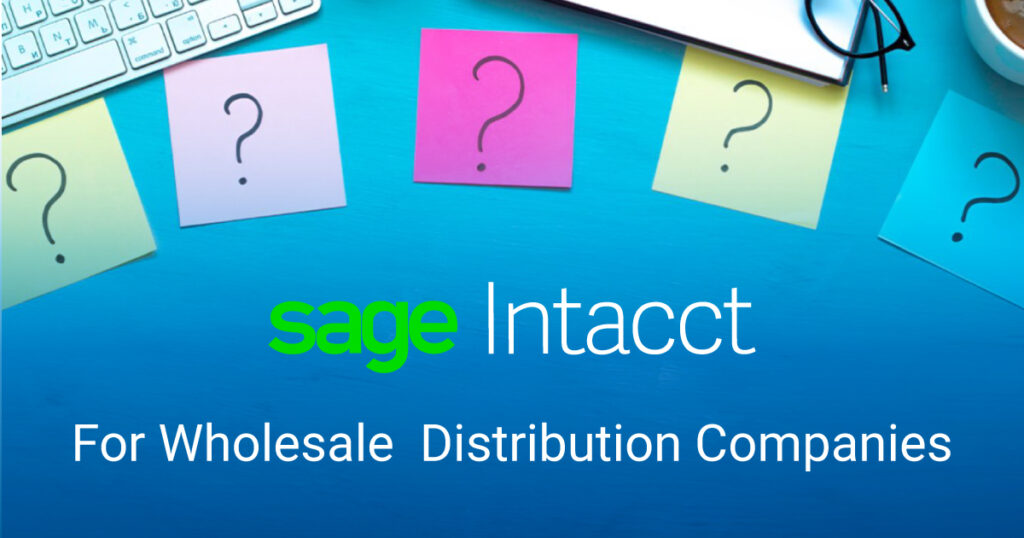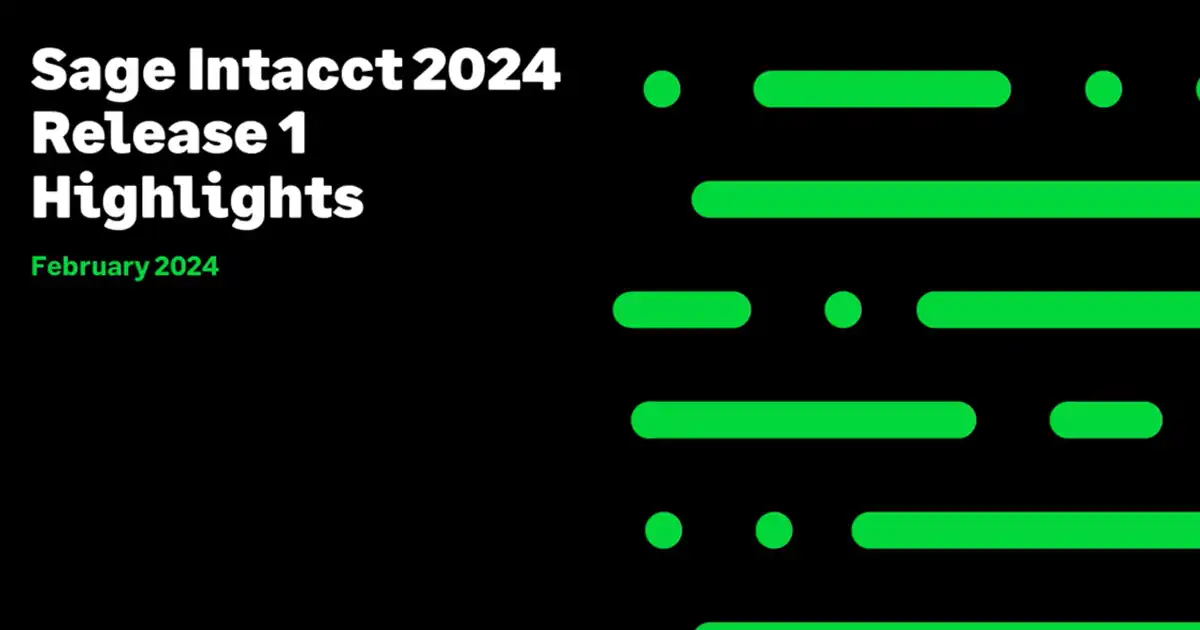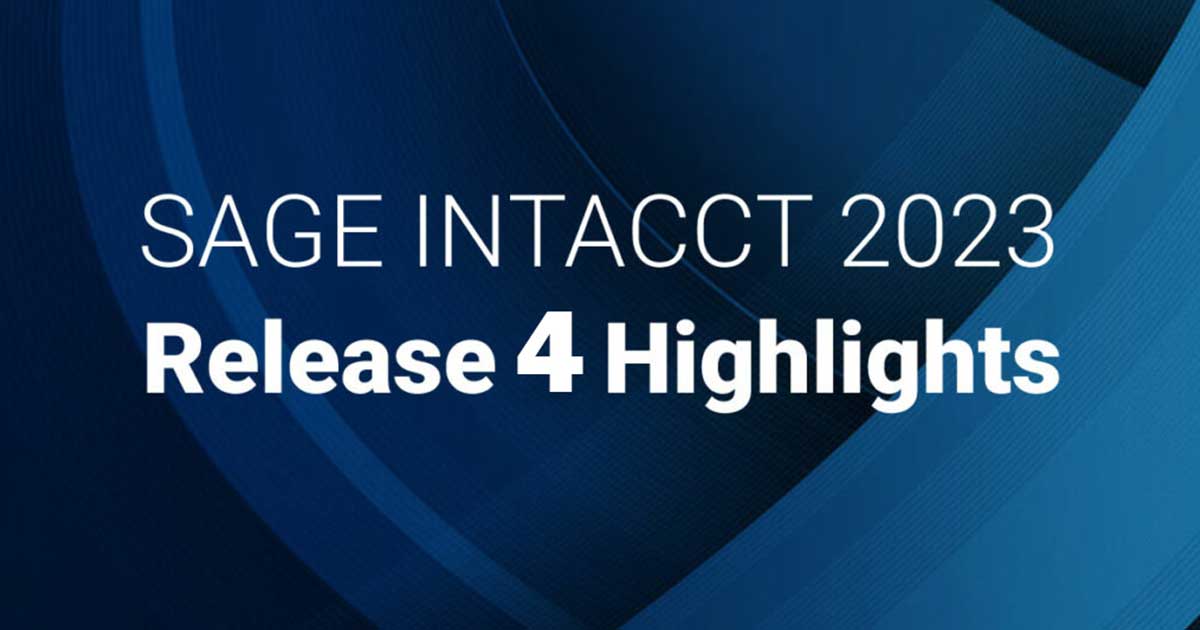
What key supply chain functions can Sage Intacct support?
Sage Intacct manages your entire supply chain from the time the order is placed, through delivery confirmation, and everything in between. The physical management of inventory by warehouse, zones, aisles, and bins is fully supported by the Lot, Serial and Expiration control of stocked, non-stock, and kitted items. Order demand with anticipated forecast is continuously balanced with item purchase replenishment—ensuring timely supply of inventory to meet your customer’s expectations. Underpinned by a robust financials, multi-entity, and multi-dimensional capabilities, Sage Intacct rounds out managing your supply chain with highly interactive role-based dashboards and reporting capabilities.
Can I manage inventory, purchasing, and sales processes in Sage Intacct?
Sage Intacct embraces the sales, purchasing, and inventory processes as part of the overall supply chain capabilities. Like the Sage Intacct financials, embedded in the fabric of these three modules are the same multi-entity and multi-dimensional capabilities. At the core of Sage Intacct processes, are the user-configured transaction definitions—putting you in control of each step of the process flow.
Does Sage Intacct support distribution companies?
Sage Intacct natively supports the key capabilities that most general distribution companies expect—order and shipment management, fully-featured inventory control, and purchasing management. Through a network of tightly aligned marketplace partners, Sage Intacct provides the most appropriate level of fit and function designed specifically for your most demanding distribution needs. EDI, e-commerce, parcel freight, mobile data collection, and advanced warehouse management are just a few examples.
What Warehouse Management capabilities are in Sage Intacct?
Manage inventory across multiple locations and warehouses while using replenishment processes to automate reorder policies by inventory levels and even the time of year. And with Warehouse included as a dimension, you can filter reports by warehouse for granular analysis.
How does Sage Intacct handle wholesale distribution cost accounting?
Knowing the value of that inventory is essential to understanding your organization’s financial health. Sage Intacct helps you by calculating the value based on your business requirements and capturing added costs such as shipping or value adds, so you can get to a true cost of goods. The costing methods include standard, average, FIFO, and LIFO. Estimated landed costs provide for more accurate COGS before all bills come in. Landed costs allocating shipping across multiple items for COGS calculations, and automated recalculation even captures costs from previous or later periods.


